A world-famous tourist resort north of Agios Nikolaos, with lacy, windless sandy beaches, crystal clear…
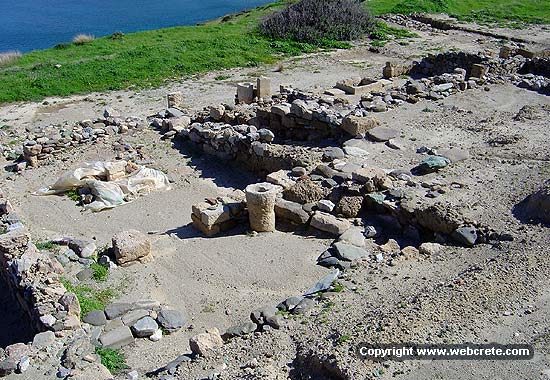
Tripitos Archaeological Site
Tripitos is a small peninsula sited 3 km from Sitia. An artificial shelter for ships dug in the rocks, has been found there and is dated from the Hellenistic period (middle of 4th – middle of 1st century B.C.). A Hellenistic city extends to all the peninsula, and several parts of its settlements have been excavated, as well as its strong wall in the south part of the city. A big number of clay pots, coins, jewels and lead weights have been excavated. The excavations are still going on today.
A Hellenistic dockyard has been uncovered at the east coast of the headland. It is known that in 1960 the owners of the land created plots for cultivation using digging machines which caused severe damage to the buried antiquities. Since 1987 a systematic excavation has been conducted by the Ephorate of Antiquities, under the direction of N. Papadakis.
The dockyard lies at the south edge of the east side of the headland called “Karavopetra” or “Trypetos”. It is unroofed, hewn out of the rock and is rectangular in shape (30m. long, 5.50 m. wide, and 5 m. high). The floor is slightly inclined towards the sea (15-30 degrees) and does not continue under the sea level, but this is due to the geological changes that have taken place in the past centuries. The ship which would be sheltered under this structure during winter time, must have been of a medium size. Carvings on the surface of the rock indicate the existence of a wooden “bolt” for the fastening of the ship. Other parts of the building, such as floor, saddle roof and towing machines were made of wood and have not been preserved.
The Hellenistic city covers the whole of the headland and was built on terraces, following the terrain. The south side was protected by a massive wall, which separates the main area of the headland from the mainland. The wall is built of cobblestones and its width reaches 1,8 m. on the uncovered sections. Along the inner side are rooms and other structures, parts of houses and military installations.
The most important room seems to be a hall measuring 7,5 x 5 m., at the centre of which lies a rectangular hearth, formed by the surface of the bedrock, enclosed by poros slabs smoothed outside. Behind the south side of the hearth there is a small poros bench with an oblong cutting in the middle, which contained the lower part of a poros plug, undoubtedly part of a relief or statuette relating to cult practice at the hearth. A U-shaped built bench surrounding the hearth was attached to the wall; it was probably used as a seat by the inhabitants. Also uncovered were a storeroom, a cistern lined with hydraulic stucco, and stone paved streets, one of which separates two neighbourhoods.
Additional Info
Historical Period: Hellenistic
Location: Tripitos settlement – 2km from Sitia
Opening Hours: Free to visit anytime
Access: Asphalt road
Entrance Fee: Free – Not organized
What to see in the area...
Archaeological Museum of Sitia
The Archaeological Museum of Sitia opened in 1984 and houses a significant collection, divided into four sections. The exhibits cover a period of approximately 4000 years, from the Final Neolithic…
Folklore Museum of Sitia
The Folklore Museum of Sitia was founded in 1975 by the educational and cultural association "Vintsenzos Kornaros". It contains many important folklore exhibits, mainly handwoven materials, embroideries, local costumes, furniture:…
Petras Archaeological Site
On a low hill (h. 40 m.) by the sea lies an important Minoan settlement. It had a large harbour and was the centre of an area bordered by Chamaizi…
Palekastro Archaeological Site
At the northernmost edge of the eastern coast of Crete lie the ruins of a settlement which flourished during the Late Minoan period (1550-1220 B.C.). At the same site, however,…
Where to stay in the area...
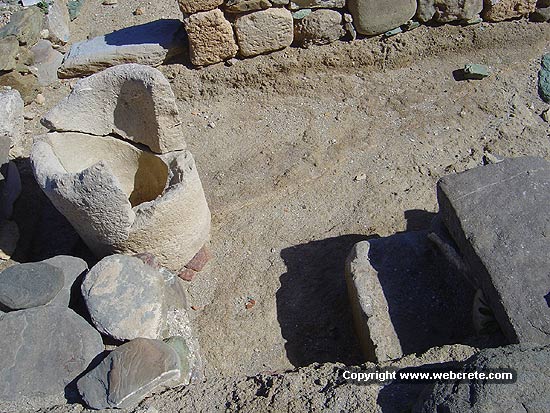
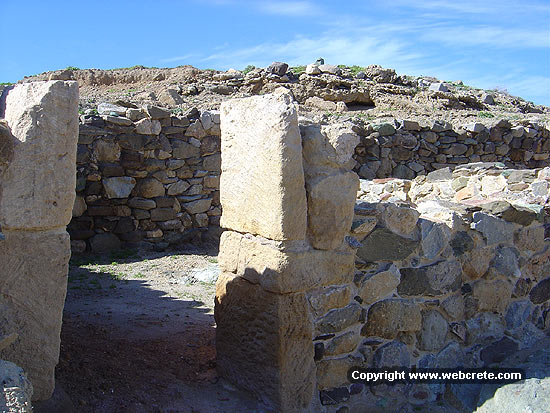
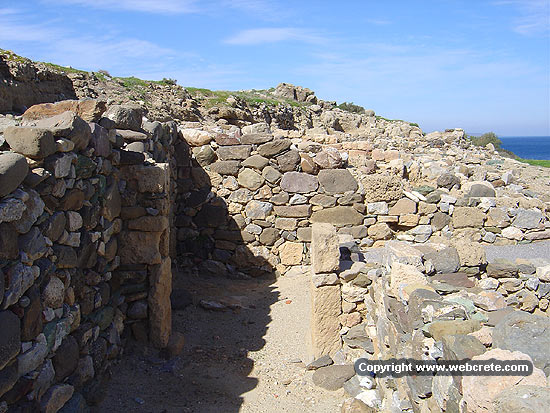
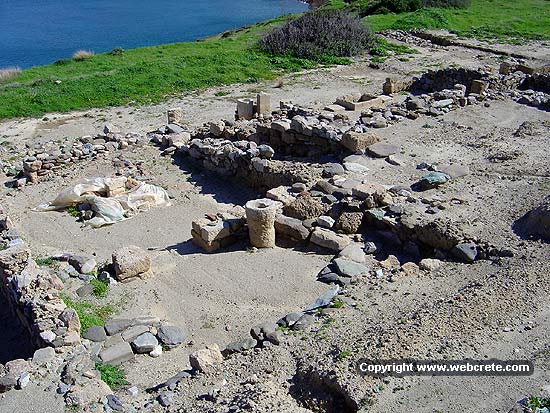
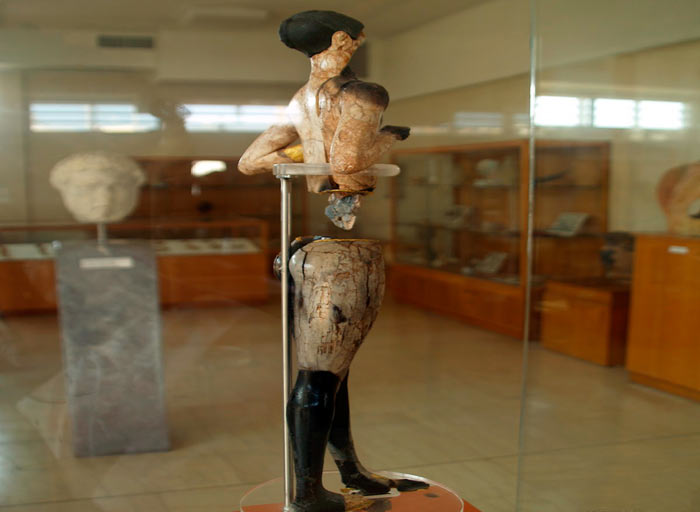
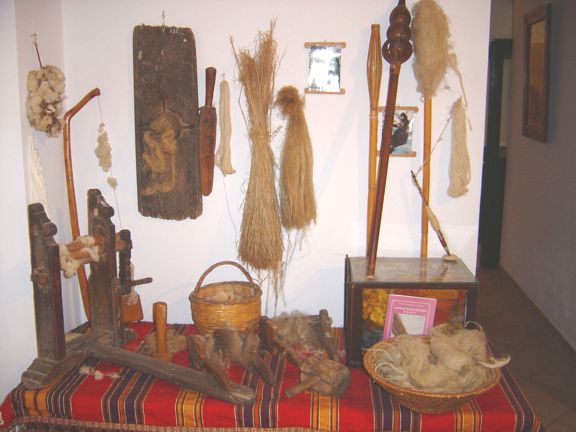
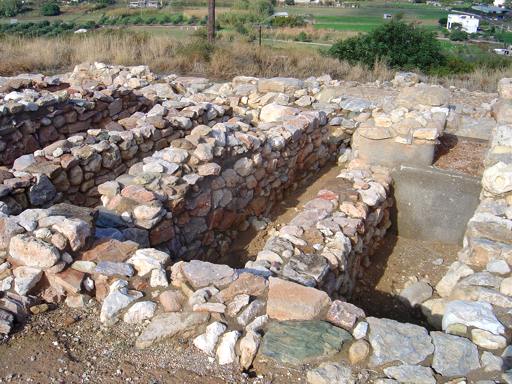
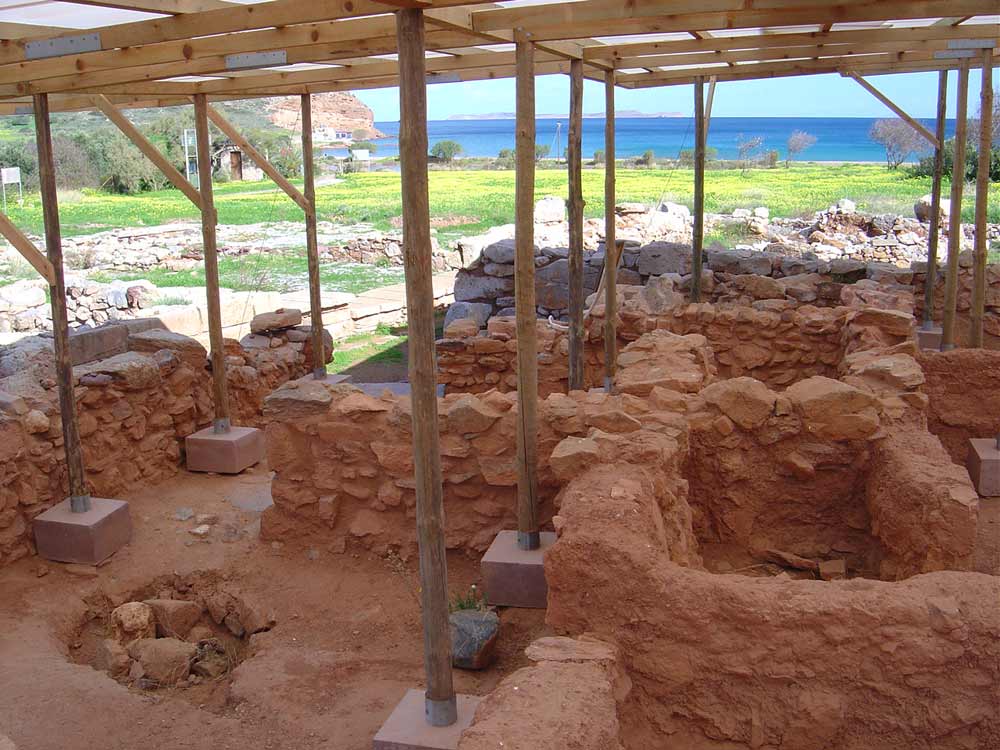
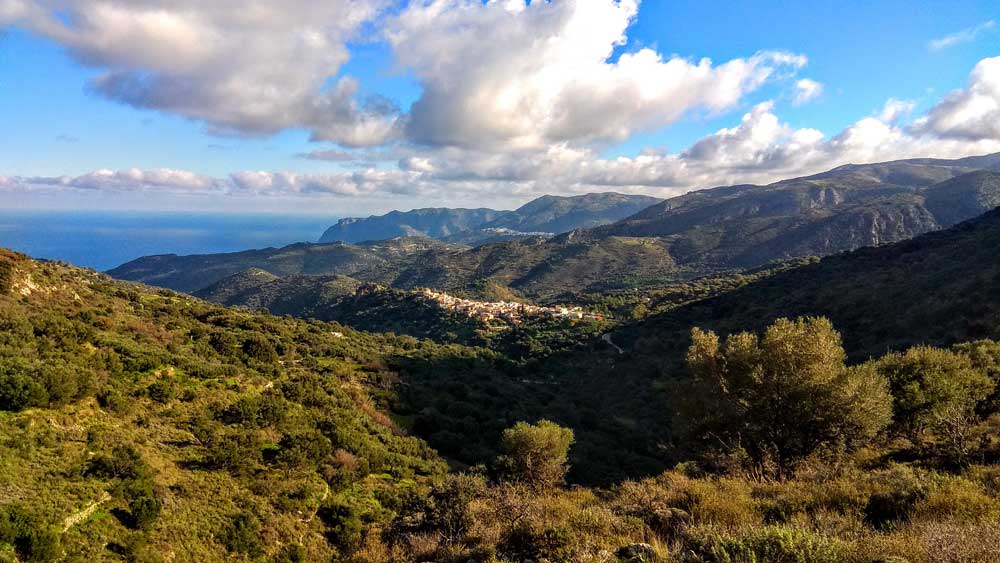
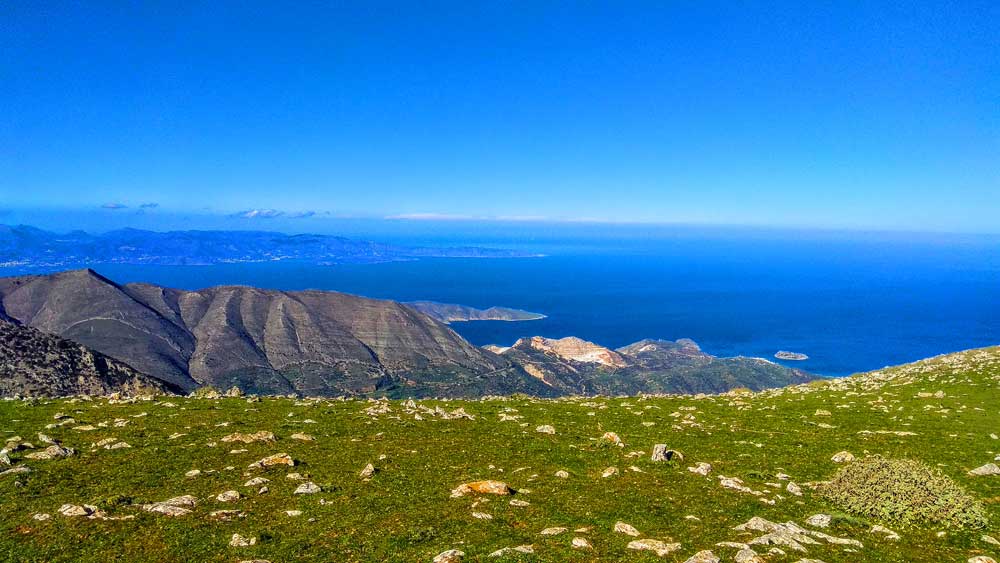
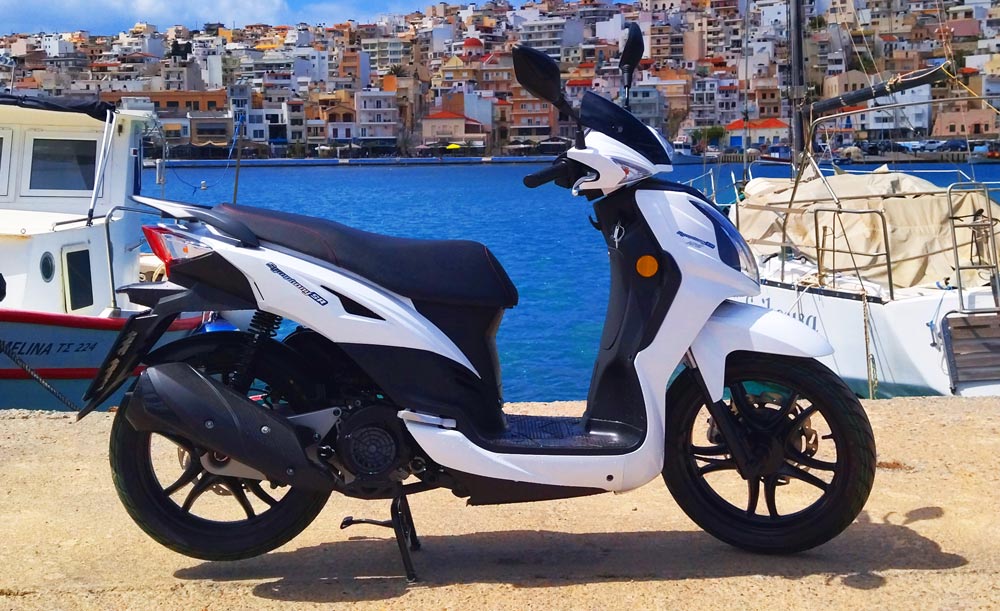
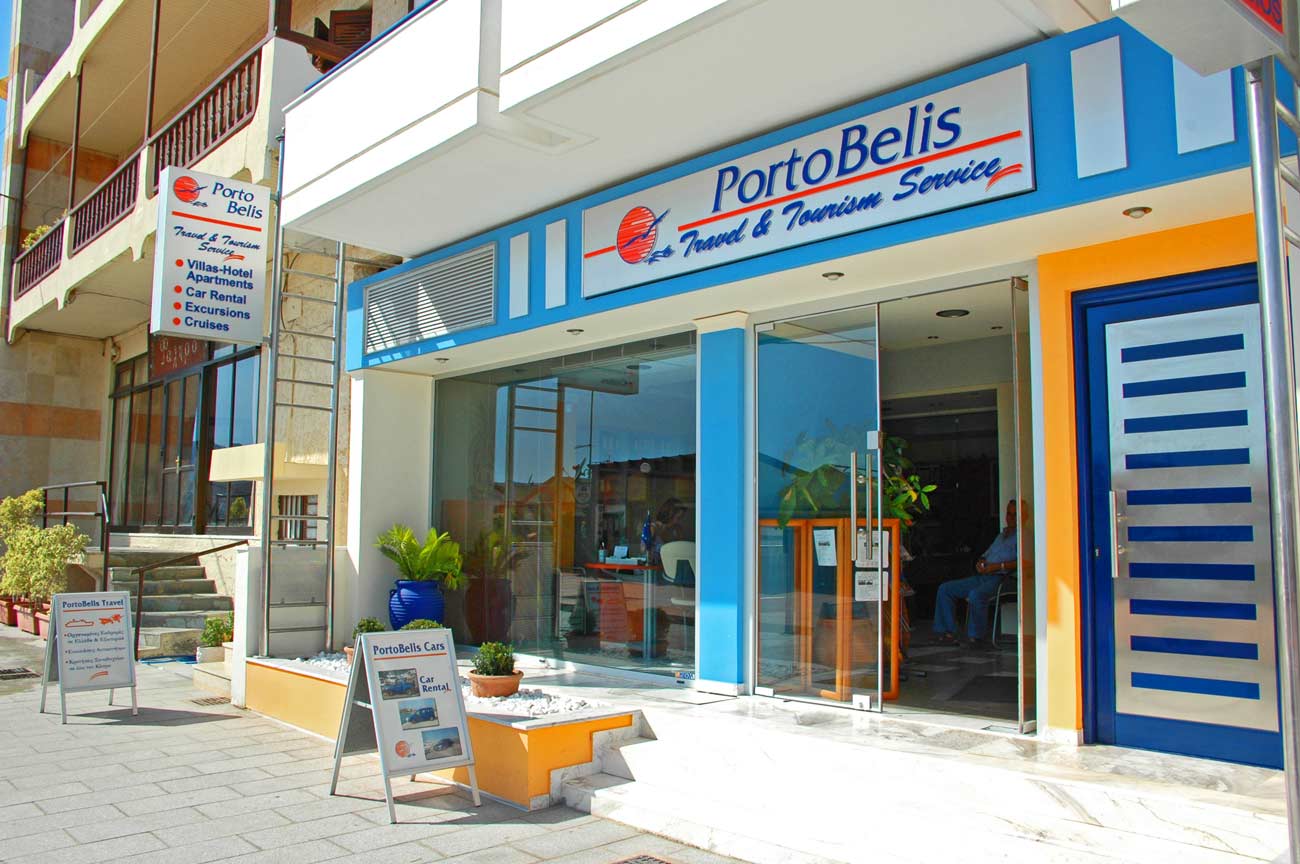
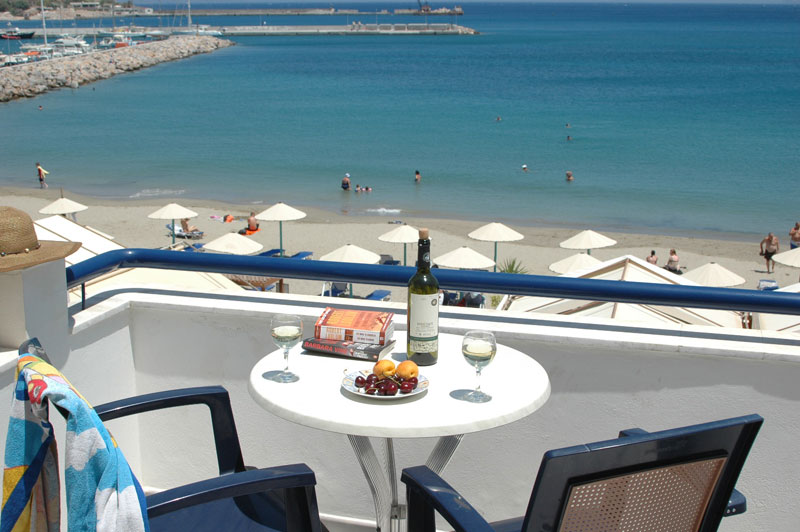
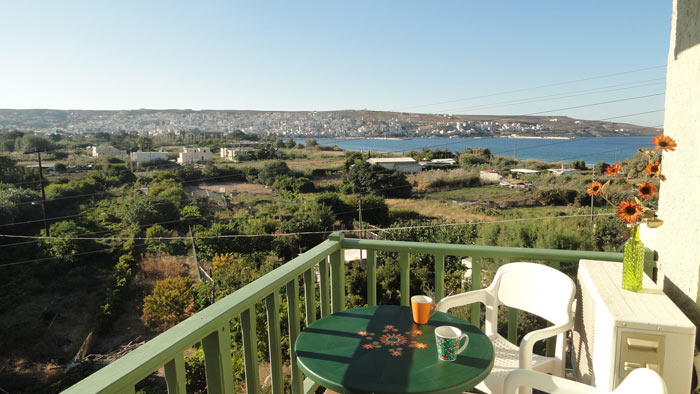
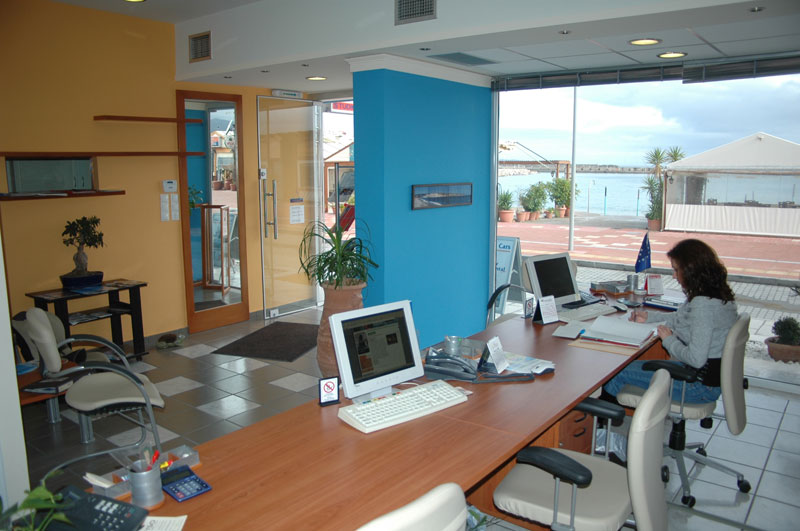
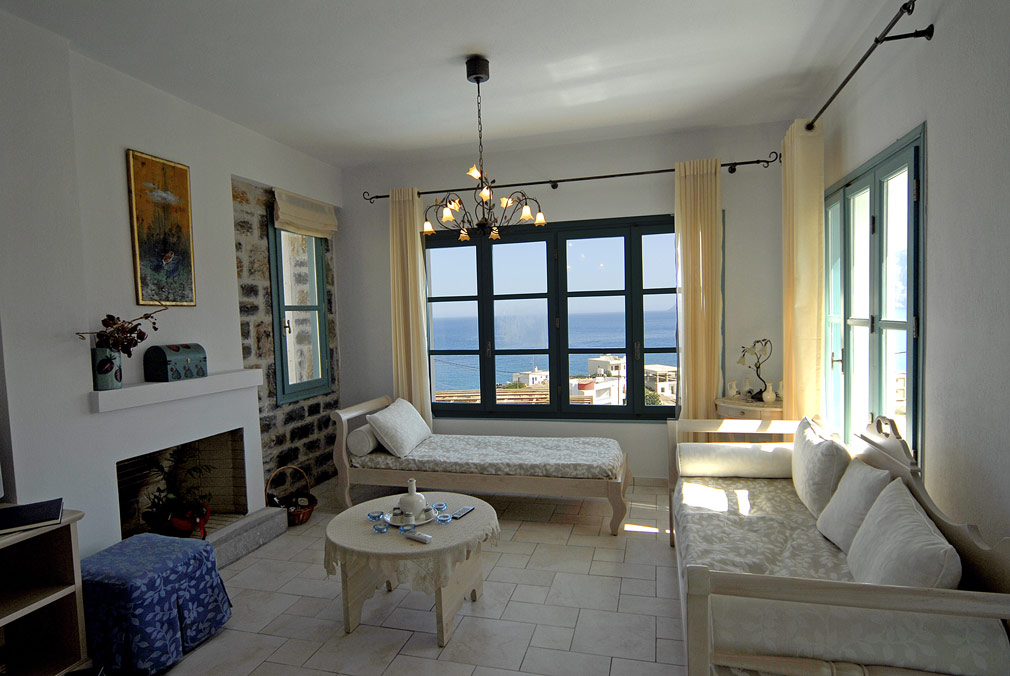
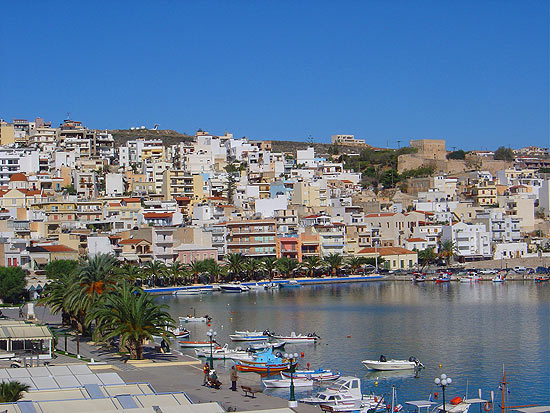
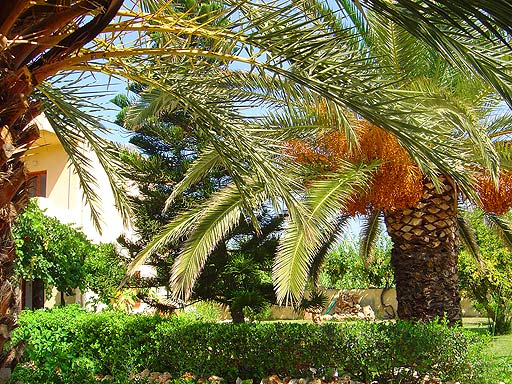
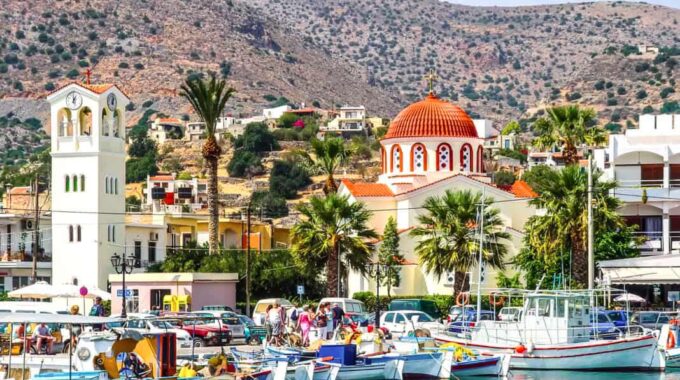
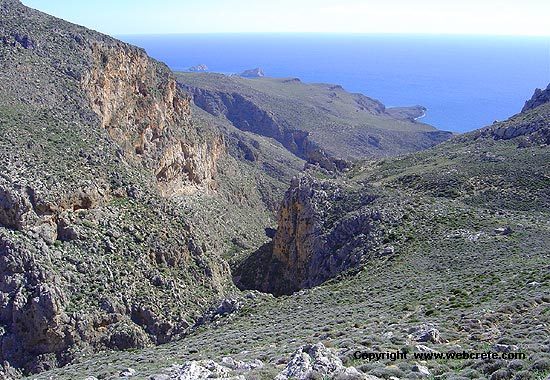
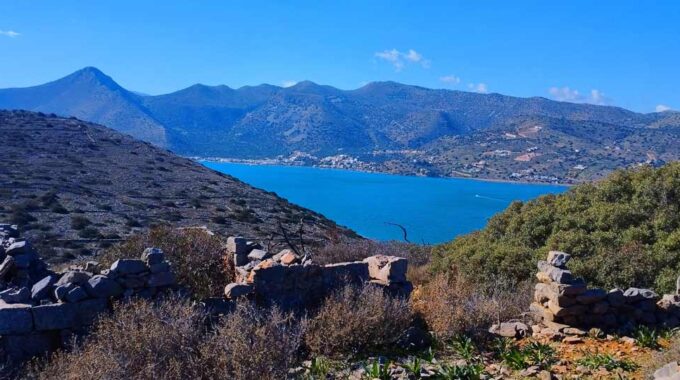
This Post Has 0 Comments